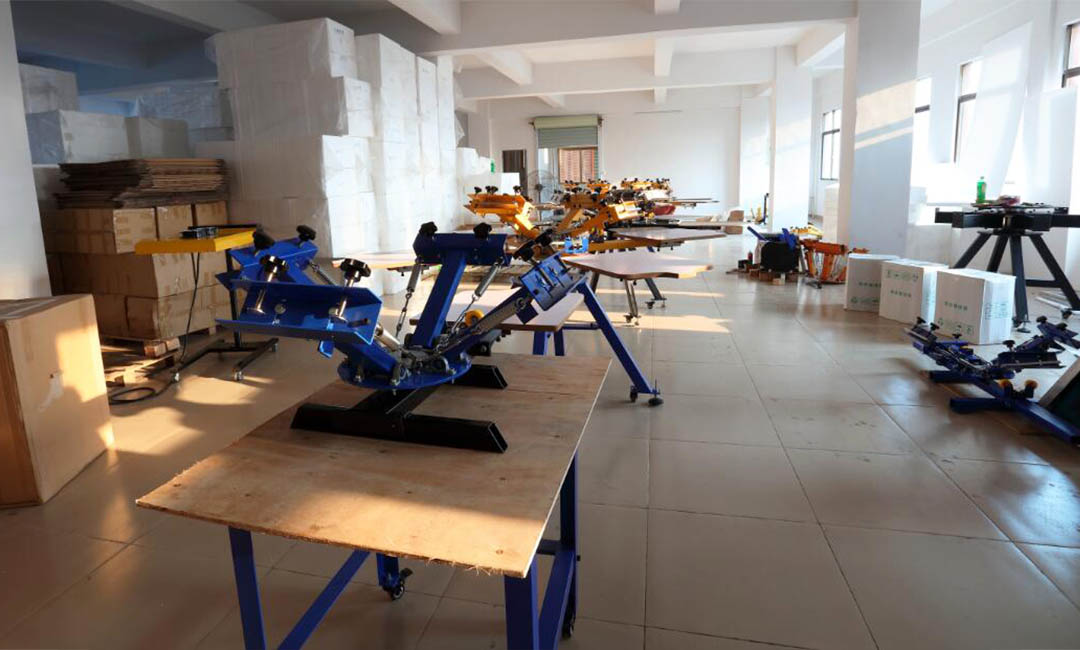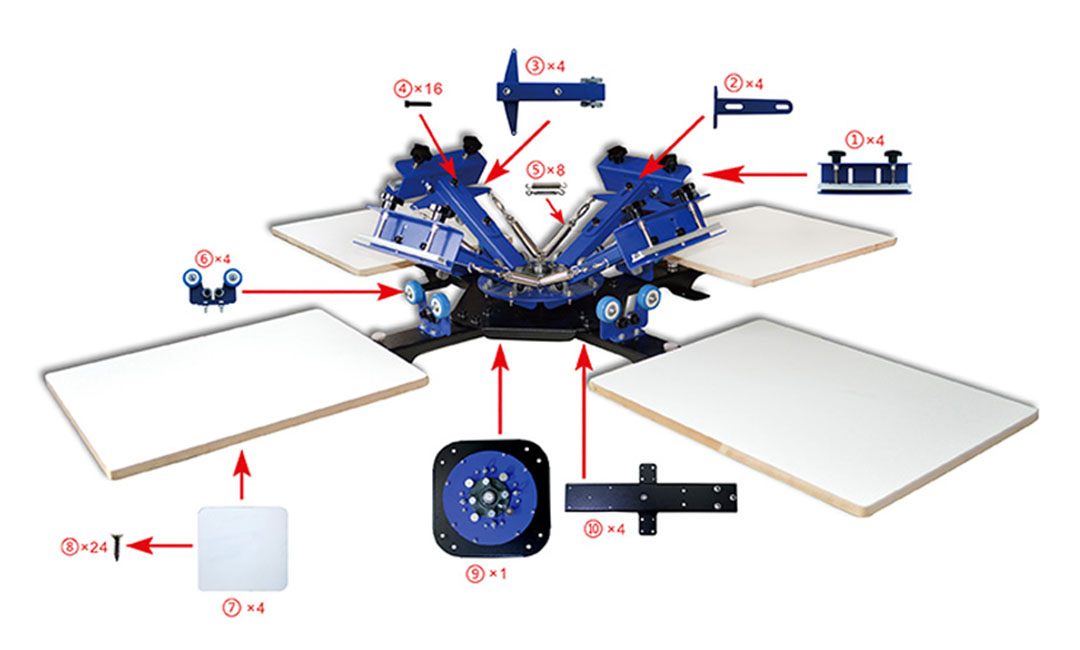How to Maximize Efficiency with a 4 Color Silk Screen Printing Machine
Understanding the Basics of 4 Color Silk Screen Printing
Silk screen printing, a versatile and widely used printing technique, has evolved significantly over the years, particularly with the introduction of advanced machinery such as the 4 color silk screen printing machine. Understanding the basics of this process is essential for anyone looking to maximize efficiency and achieve high-quality results. At its core, silk screen printing involves transferring ink through a mesh screen onto a substrate, which can range from fabric to paper. The 4 color process specifically refers to the use of four distinct colors—typically cyan, magenta, yellow, and black (CMYK)—to create a full spectrum of hues and shades.

To begin with, the setup of a 4 color silk screen printing machine is crucial for efficiency. Each color requires its own screen, which must be meticulously prepared and aligned. This preparation involves coating the screens with a light-sensitive emulsion, exposing them to a light source to create a stencil, and then washing out the unexposed areas. Proper alignment of the screens is vital, as any misalignment can lead to registration issues, resulting in blurred or distorted images. Therefore, investing time in the initial setup can significantly reduce errors during the printing process.
Once the screens are prepared and aligned, the next step is to load the substrate onto the printing bed. This stage requires careful attention to detail, as the substrate must be securely positioned to ensure consistent results across multiple prints. Utilizing registration marks can aid in aligning the substrate correctly, allowing for precise layering of colors. Additionally, using a pallet adhesive can help keep the substrate in place, further enhancing efficiency during the printing process.

As the printing begins, the operator must be familiar with the machine’s controls and settings. Adjusting the squeegee pressure, speed, and angle can greatly influence the quality of the print. A well-calibrated squeegee will ensure that the ink is evenly distributed across the screen, preventing issues such as ink pooling or insufficient coverage. Moreover, understanding the viscosity of the ink being used is essential, as different inks may require different handling techniques. For instance, thicker inks may necessitate a firmer squeegee pressure, while thinner inks might require a lighter touch.
In addition to the technical aspects of operating a 4 color silk screen printing machine, maintaining a clean workspace is equally important. Ink spills and debris can lead to contamination of the screens and substrates, which can compromise the quality of the final product. Regular cleaning of the screens, squeegees, and printing bed will not only prolong the life of the equipment but also ensure that each print meets the desired standards.
Furthermore, it is beneficial to implement a systematic workflow that includes pre-press, printing, and post-press processes. This structured approach allows for better time management and resource allocation, ultimately leading to increased productivity. For instance, organizing the workspace to have all necessary tools and materials within reach can minimize downtime and streamline the printing process.
In conclusion, maximizing efficiency with a 4 color silk screen printing machine requires a comprehensive understanding of the printing process, meticulous preparation, and a commitment to maintaining a clean and organized workspace. By focusing on these fundamental aspects, operators can enhance their productivity and achieve high-quality prints that meet the demands of their clients. As the silk screen printing industry continues to evolve, staying informed about best practices and technological advancements will further empower printers to excel in their craft.
Pre: Lick 4-Color Garment Screen Printing Machine Review: Is It Worth the Investment?
Next: The Benefits of a Micro Adjustable 4 Color 4 Station Screen Printing Machine
Tags: